How to Clean a Grill: 7 Easy Steps From a Pitmaster
As a participant in the Amazon Services LLC Associates Program and other affiliate programs, Easy Homemade Life may collect a share of sales or other compensation from the links on this page. This comes at no additional cost to you, and all the prices and availability are accurate at the time of publishing.
Whether you’re taking your grill out of winter hibernation or it’s time to give it the love it deserves, there are a few pitmaster tips for cleaning a grill.
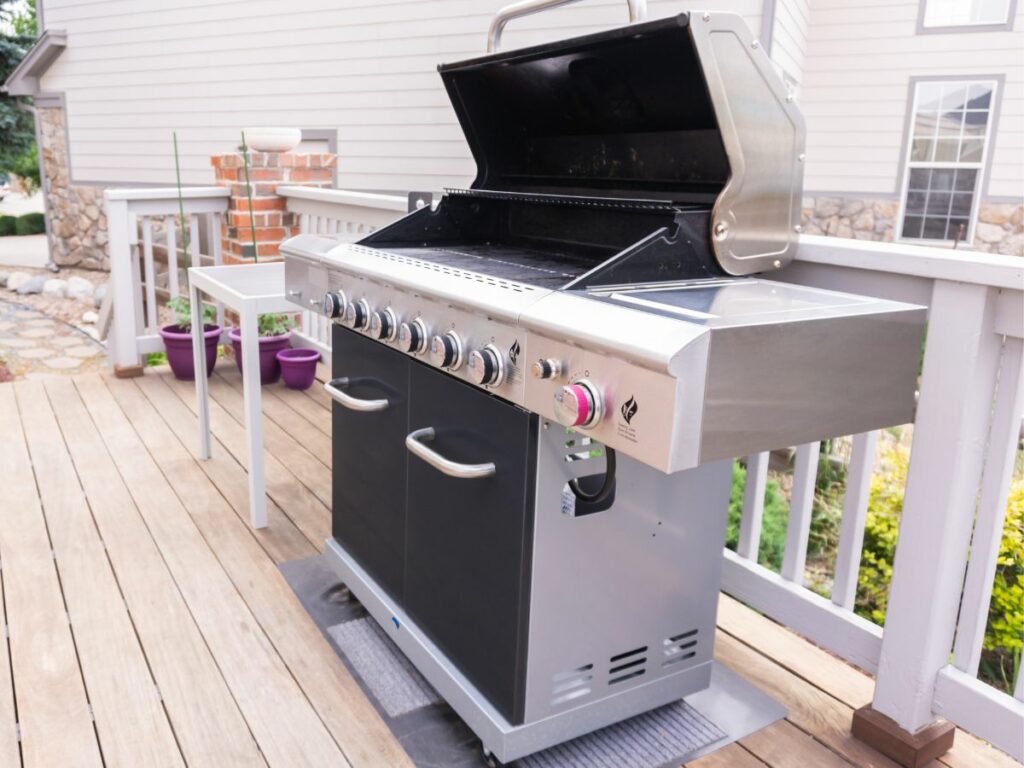
Cleaning your grill is an important housekeeping step before hosting a backyard bbq or, at the very least, for the open and close summer grilling season.
Clean the Grates
Whether you have a charcoal grill, pellet grill, or gas grill, it’s best to clean the grates after every cook.
Once you remove your food from the grill, let the coals burn or heat run for another five minutes or so. Then, use a brush to scrape any food particles from the grate.
If you’re using a wire brush, be sure to check the grates closely to make sure there are no residual bristles.
If you have stubborn, stuck-on food, give the grates a spritz of water from a spray bottle to help loosen it. Re-seasoning the grates is similar to re-seasoning cast iron cookware. Spritz them with a little vegetable oil and let the heat ride for another five minutes before turning the grill off.
For a griddle, it’s also important to clean the surface after every cook. Read tips on how to use and clean a Blackstone Griddle.
Now, your grill is ready for your next batch of hamburgers and steaks.
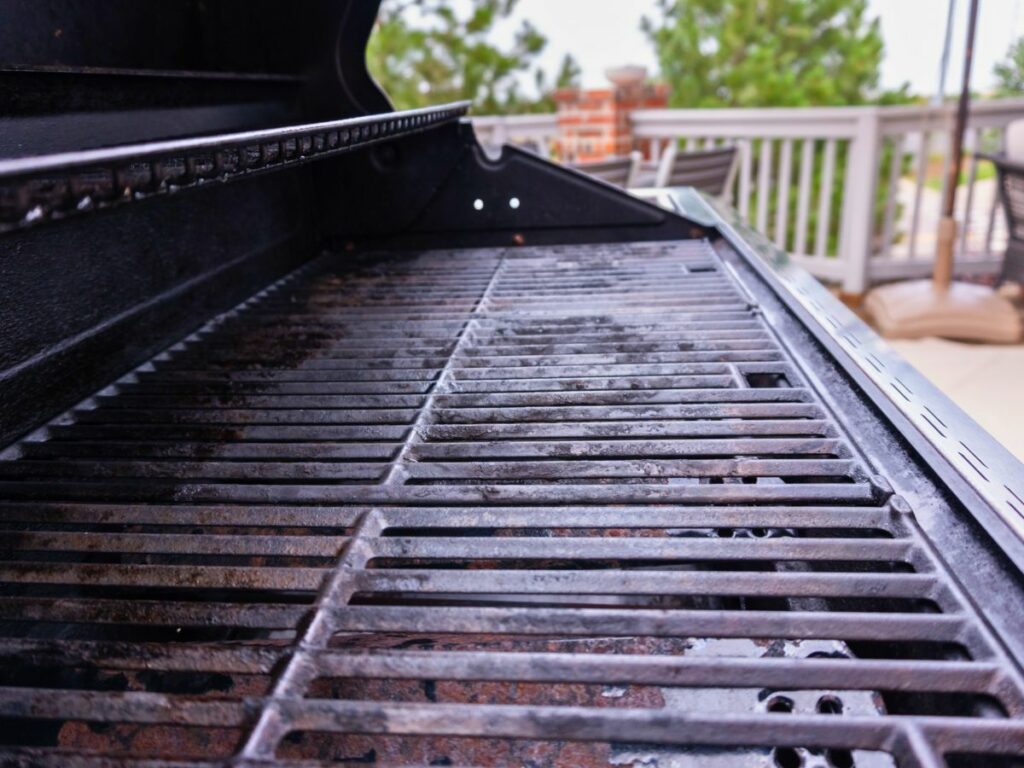
Clean Inside
If you’re using a charcoal grill, you’ll need to remove the ashes after every cook. Each grill varies. First, wait for the coals to burn out completely. You can speed up this process by closing off the vents to suffocate the oxygen.
For charcoal grills with vents on the bottom, open the vents and push the ash through onto a pan. Other charcoal grills may have ash-collecting pans that can be removed and dumped.
Unfortunately, there are other types of charcoal grills that aren’t as easy and may require you to use a shovel or Shop Vac to remove the coals.
For pellet grills, check your manufacturer’s recommendations, which most likely advise you to remove the pellet ash after every few cooks. Ash removal methods vary between brands.
Some pellet grills have a lever that empties the firepot of ash into a collection tray. Others have vacuum attachments. And others require you to fully remove the grates and deflector plate to get to the ash.
No matter the type of pellet grill you have, it is best to vacuum the inside after several cooks to avoid build up.
The hardest thing to clean on a pellet grill is the deflector plate. Don’t worry about getting it perfectly clean and shiny. Just do your best to scrape off any burnt-on residue. You can spray it with a hose and use soap and water, if needed.
Cleaning the inside of a gas grill is pretty straightforward. Remove the clean grates. Below them, you’ll find either the burners or bars covering the burners.
If the bars have buildup on them, use a scraper to clean them off. Then, remove them until the burners are exposed. Check around the burner vent holes to make sure there’s no residue clogging them.
Then, scrape around the rest of the grill chamber, pushing the residue toward the grease collector on the bottom.
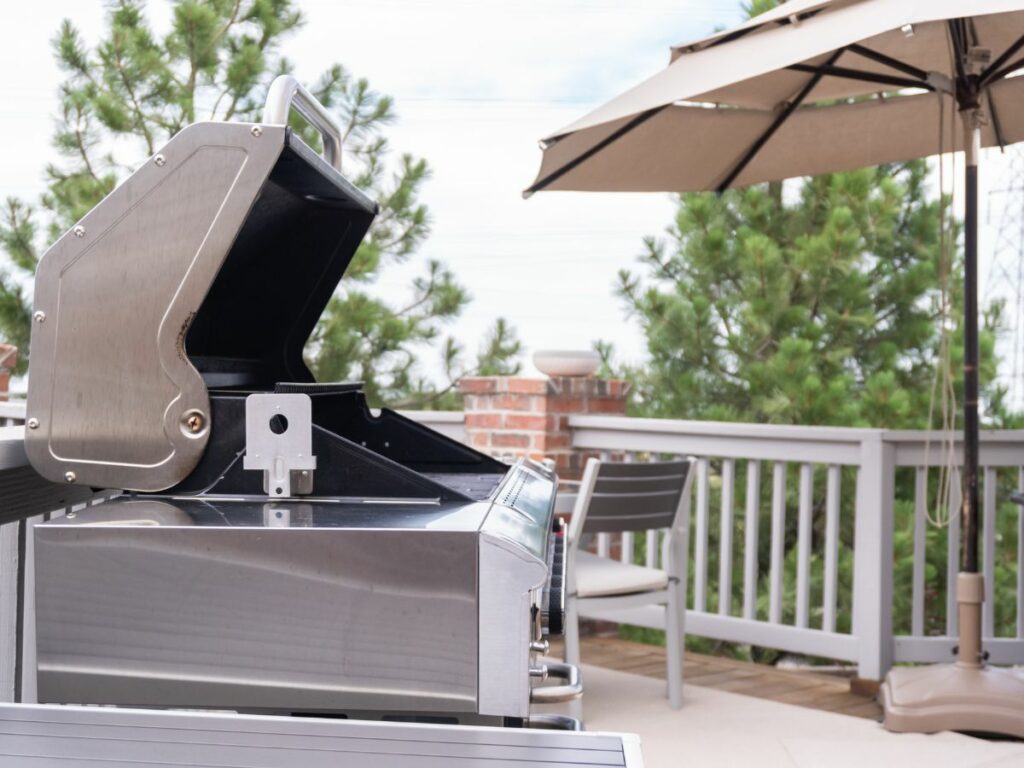
Clean Grease Collectors
Most grills have some sort of pan that collects grease. Be sure to check it after every few cooks. As it starts to fill up, it’s important to empty it to avoid overflow and fire.
With most grills, the pan is removable. Once you pour or scrape out the oil and grease into the trash, wash the pan with soap and water.
Along with oil-based stains, grease buildup can be difficult to clean, but you can make the equipment shiny and clean with a little effort.
For even easier cleanup, line the pan with foil or use a disposable foil pan that fits your grill type.
Reassemble Components
Once your grill components have been cleaned, it’s important to reassemble everything in the proper order.
Start by adding the grease collector back. For charcoal grills, all you have to do is add the grill grates back inside.
For a gas grill, add the bars back over the burners and then the grates.
Speaking of gas, have you ever got gasoline or light fluid on your hands and struggled to get it off? Next time, remember these tips to get gas of skin and you’ll be good to go.
For a pellet grill, add the deflector plate back inside. To make cleanup even easier next time, line it with heavy-duty foil. This way after every few cooks, you can just lift off the foil and replace it with a clean sheet. Finally, add the grates back in.
Clean Exterior
The outside of a grill will get dirty, too. If it’s just covered in dust or light debris, wipe it down with a rag with warm soap and water.
If there is grease built up, use a spray-on degreaser with a paper towel or rag.
For those beautiful stainless steel grills, finish the cleaning process with a stainless steel cleaner to make it nice and shiny.
Test Temperatures
Every now and then, it’s a good idea to double-check the accuracy of the grill temperature.
For gas grills and pellet grills, set the temperature on the grill. Then, insert an ambient grill thermometer onto the grill grate. Let it run for a good 15 to 20 minutes and check the readout.
Hopefully, the instant thermometer matches your grill’s thermometer. If not, check with your manual to see if any adjustments should be made, or continue to monitor with a reliable external thermometer with each cook.
Keep It Covered
After all that work, protect your grill by keeping it covered. Most manufacturers make covers to fit their grills exactly.
There are also many after-market products that fit common grills or that are semi-universal.
Covering a grill will protect it from elements like wind, rain, and dust and will help the grill last longer.
Now that your grill is clean, you can focus on other fun outdoor activities like growing your herb garden.
More Home Cleaning Tips
- How to Clean Quartz Countertops: Avoid Four Surprising Mistakes
- Don’t Ruin Your Cast Iron Skillet: Here’s How to Clean it Properly
- How Often Should You Clean Your Carpet? Experts Weigh In
Christie Vanover is a championship pitmaster and certified barbecue judge from Las Vegas. She’s cooked on dozens of grills, including the nearly 30 in her backyard. She shares her expertise in grilling and barbecuing through her website, GirlsCanGrill.com. Additionally, Christie has developed her own line of award-winning rubs that are sold internationally.
This article originally appeared on Food Drink Life.


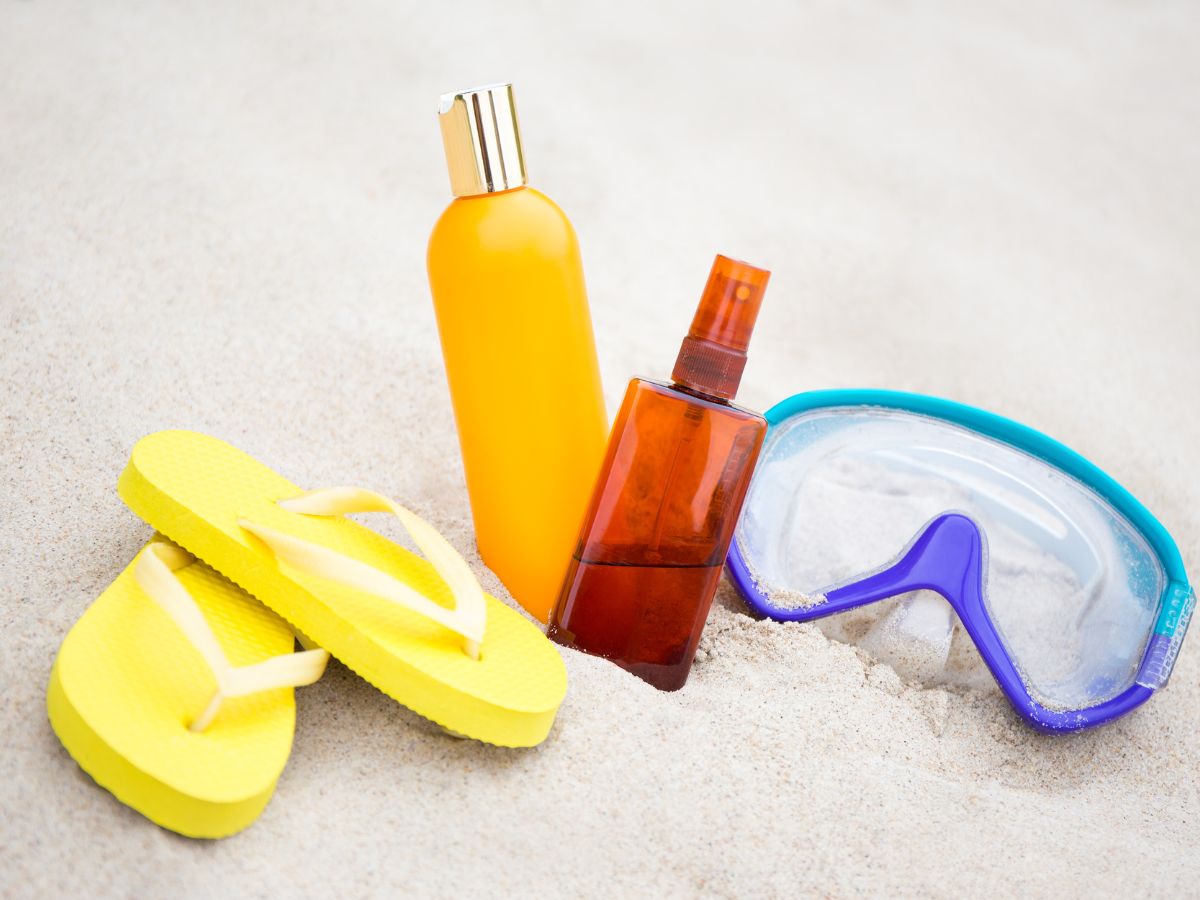
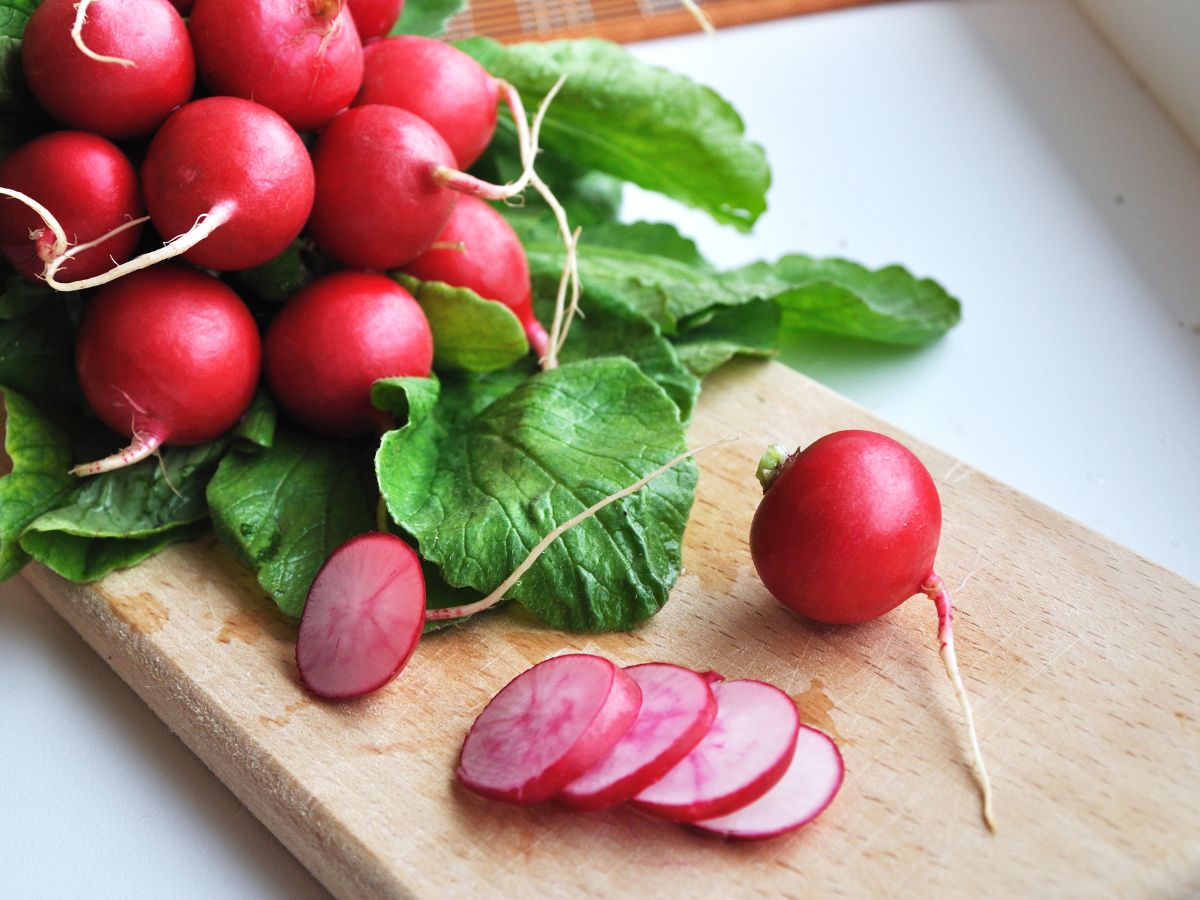
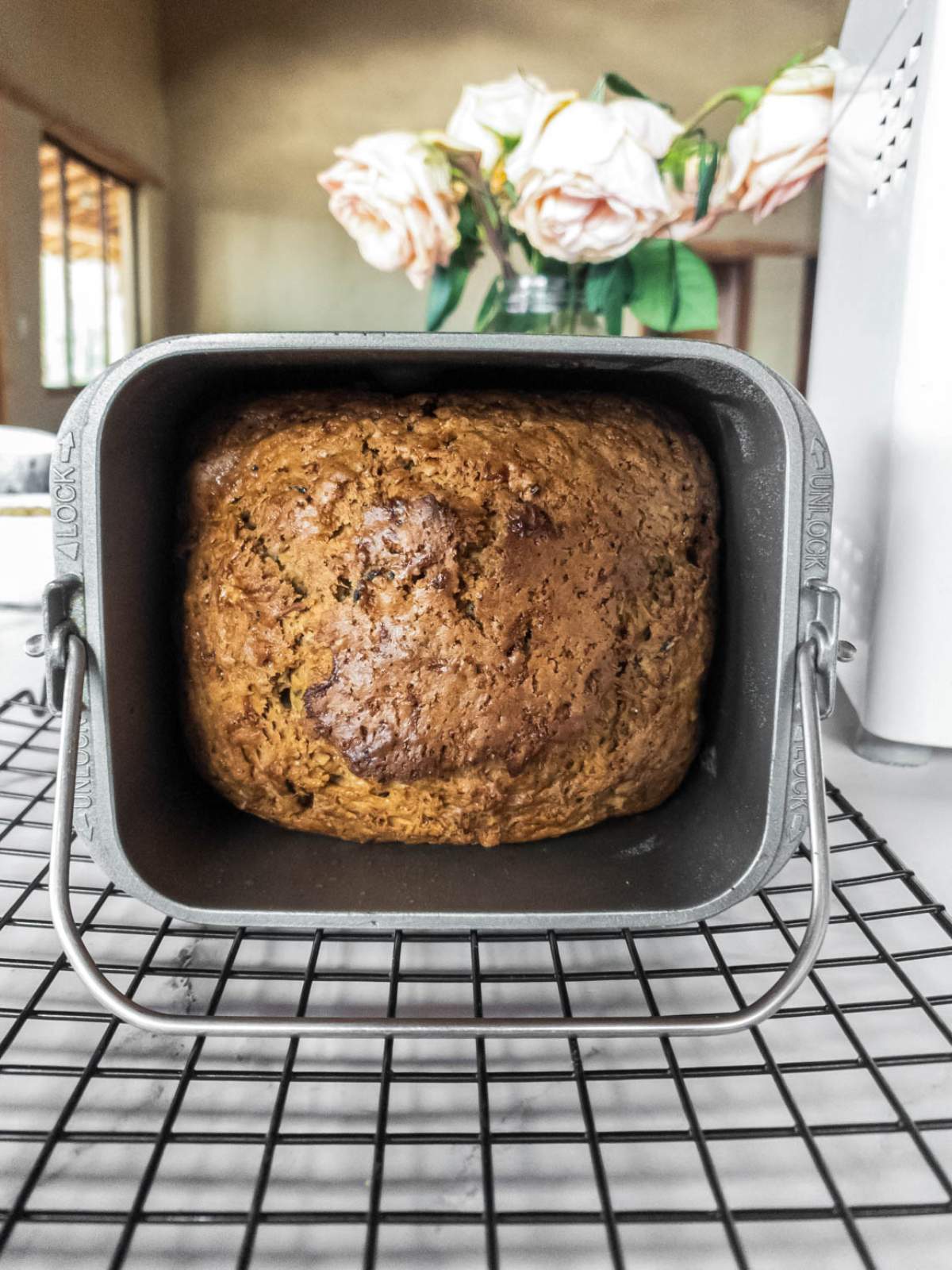
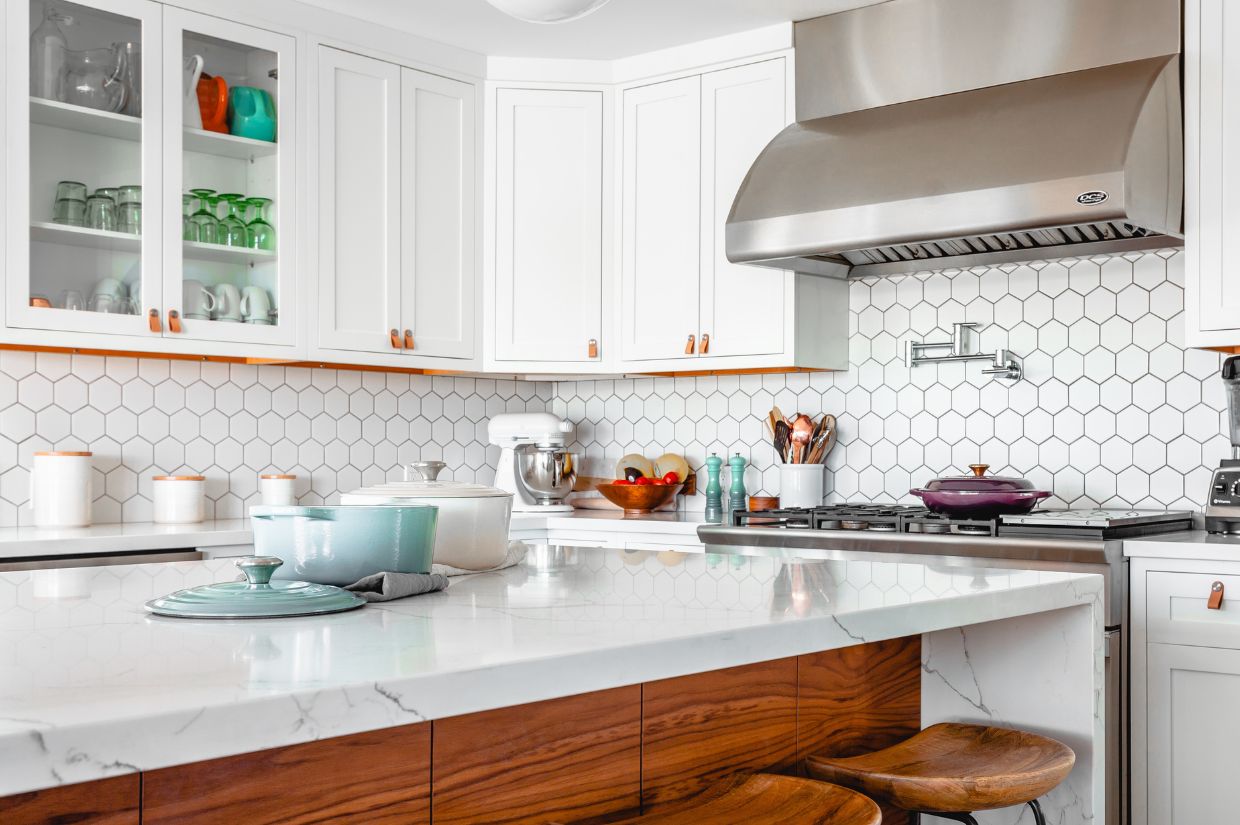
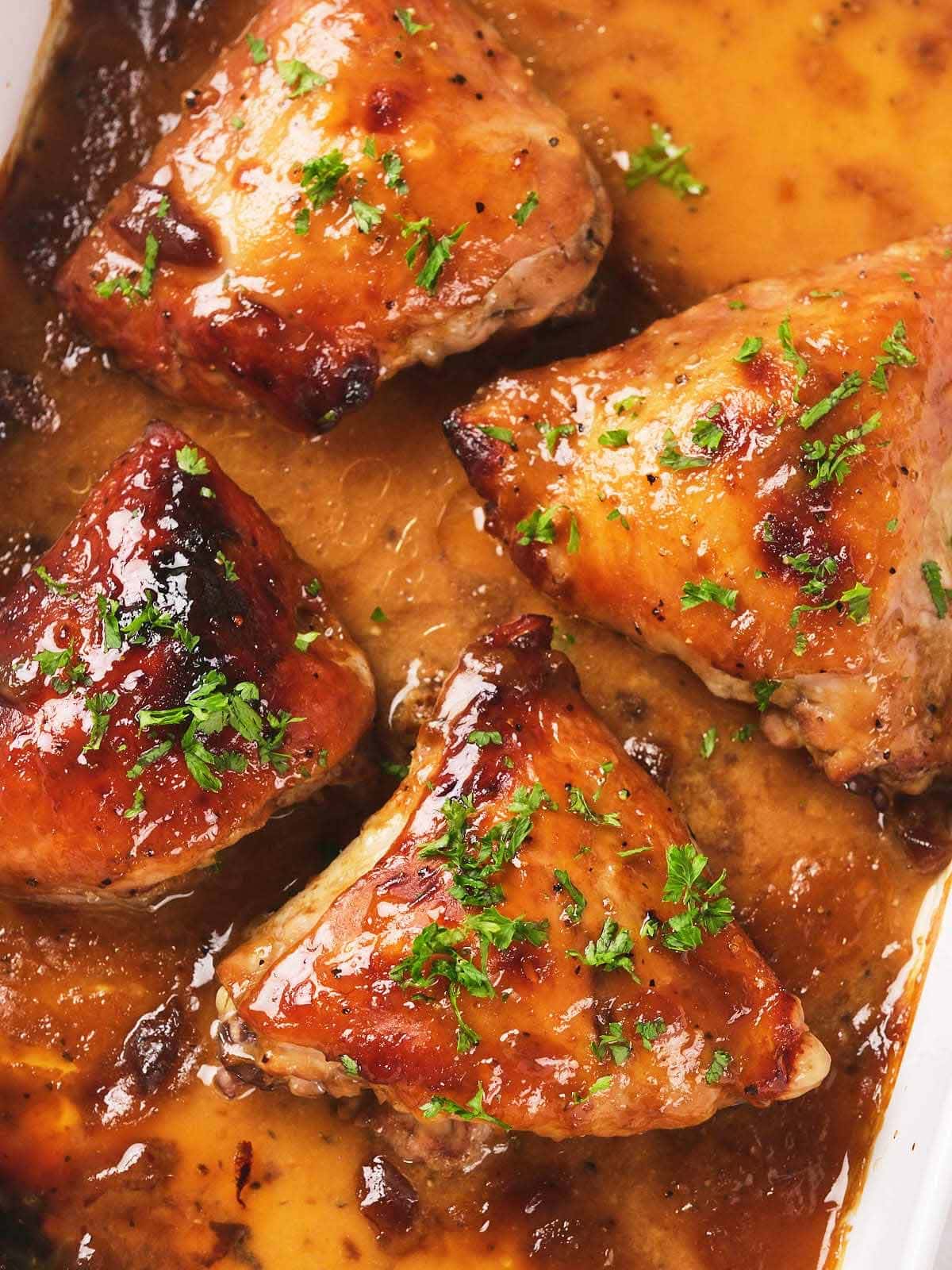
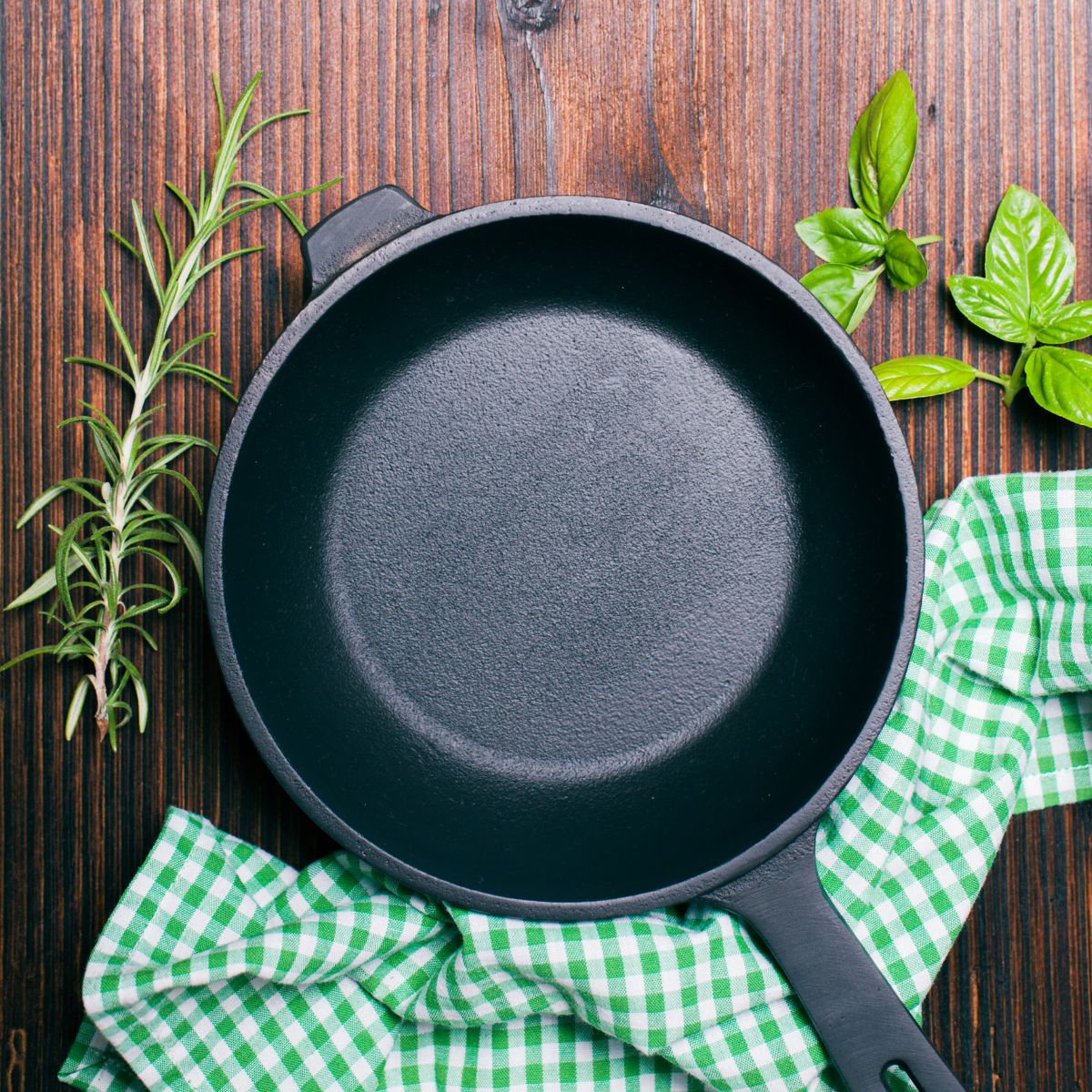
I just picked up a free grill on craigslist and it needs some TLC before we fire it up for Labor Day. Thanks for this thorough guidance on how to get the job done!
Perfect for those secondhand treasures. Thanks, Greta.